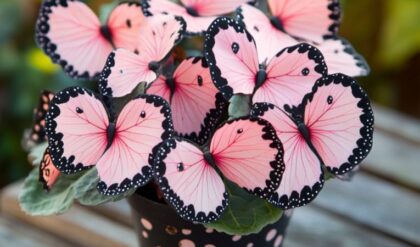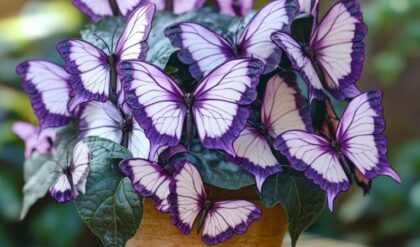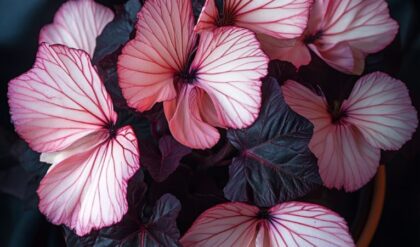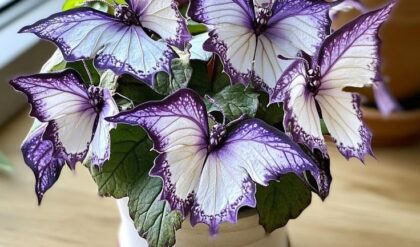The Begonia Moonlight Butterfly is a mesmerizing plant that captivates not just with its stunning visual appeal but also with its relatively easy maintenance. With leaves that showcase an intricate dance of silver against deep green, this begonia resembles a butterfly’s wings fluttering gracefully in the breeze. For plant enthusiasts, whether beginners or seasoned gardeners, understanding how to care for this enchanting flora can lead to a rewarding gardening experience. This comprehensive guide aims to unveil the secrets behind nurturing the Begonia Moonlight Butterfly so you can enjoy its beauty and charm in your home.
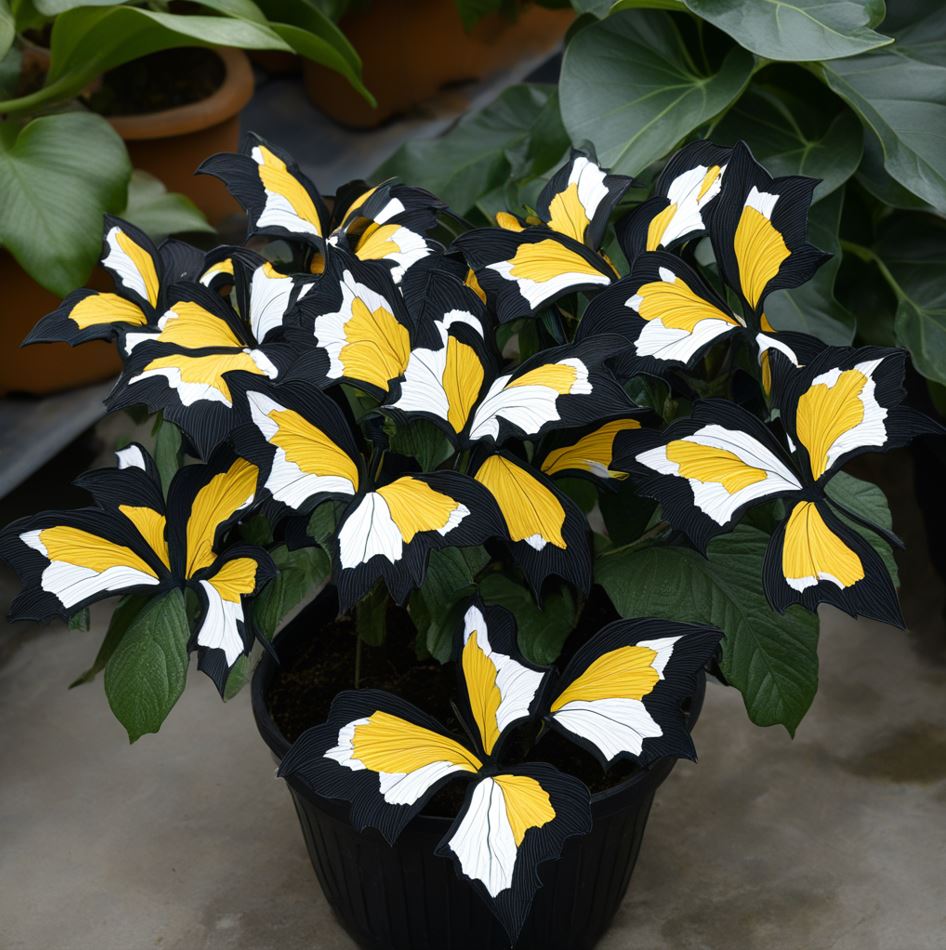
The Importance of Light: Finding the Perfect Spot
Light is fundamental to the well-being of the Begonia Moonlight Butterfly. It affects the plant’s growth, foliage coloration, and overall vitality. When considering where to place your begonia, it is essential to strike a balance that allows it to thrive without being overwhelmed by direct sunlight.
Bright, Indirect Light: A Delicate Balance
The Begonia Moonlight Butterfly thrives best in bright, indirect light. Exposure to direct sunlight can scorch its delicate leaves, leading to unsightly brown patches or even wilting. The key is to provide the plant with enough light to encourage healthy growth without subjecting it to harsh rays.
A northern or eastern window is often ideal, as these locations receive gentle morning sunlight which nourishes the plant without overwhelming it. If your space lacks adequate natural light, consider using grow lights to supplement its needs. Placing the plant on a windowsill but moving it back just a few feet from the glass can help create an environment that mimics its native habitat while protecting it from potential damage.
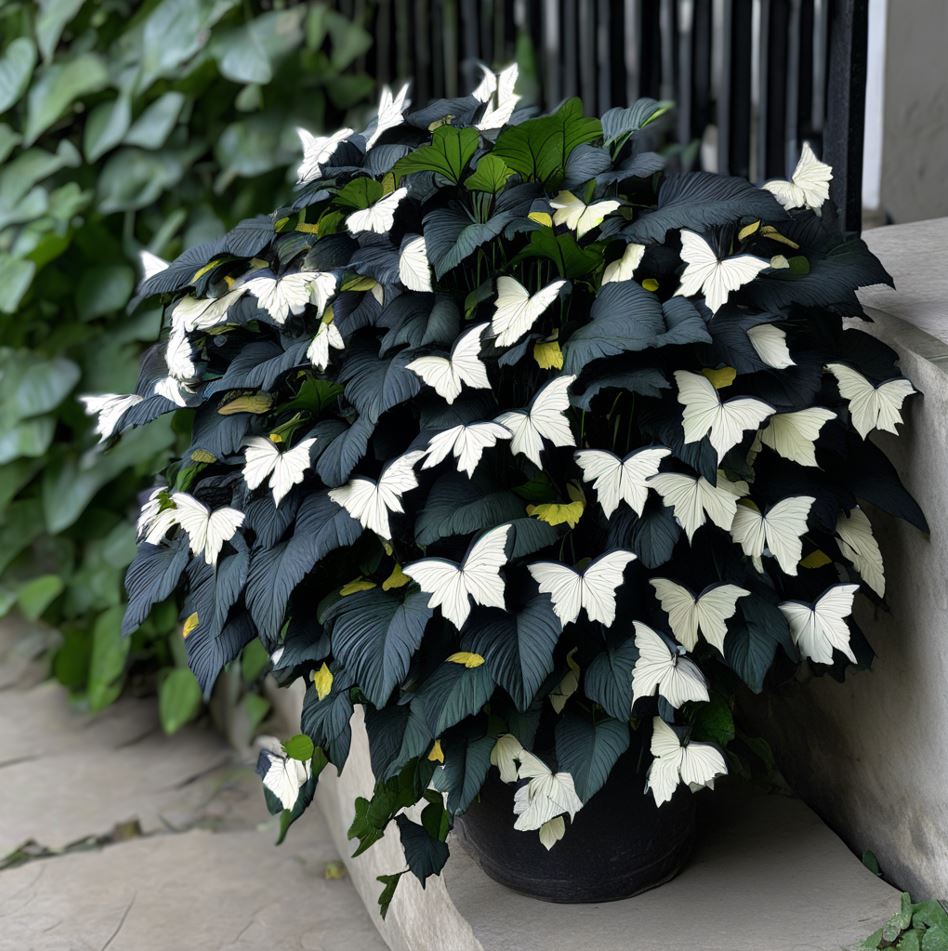
Adjusting to Seasonal Changes
As seasons change, so too does the quality and quantity of available light. During the shorter days of winter, you may notice your plant stretching towards the light, indicating it’s not receiving sufficient luminosity. To mitigate this, reposition your Moonlight Butterfly closer to the window or supplement its light exposure with artificial lighting.
Moreover, keep an eye on how the angle of the sun shifts throughout the year; adjusting your plant’s location seasonally helps ensure it continues to receive the optimal amount of light needed for healthy growth and vibrant color.
Signs of Light Stress
Understanding your plant’s responses to light conditions is essential in maintaining its health. Yellowing leaves can indicate too much direct sunlight, while leggy growth may signal inadequate light levels. Regularly monitoring your plant will offer invaluable insights into its light needs, allowing you to make adjustments promptly.
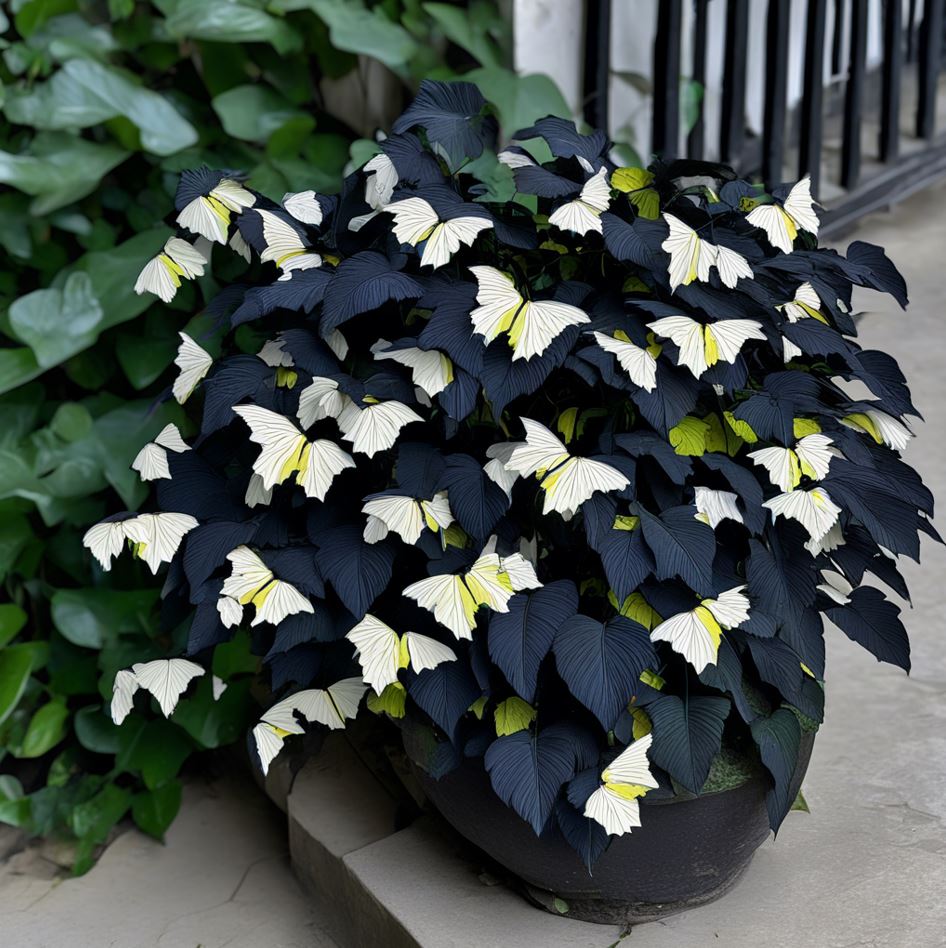
The enchantment of cultivating the Begonia Moonlight Butterfly lies in tuning into the nuances of its requirements, especially when it comes to light – the foundation of life for plants. Observing its behavior and adapting your approach can foster a deeper connection between you and this botanical wonder.
Water Wisely: Mastering the Art of Hydration
When it comes to caring for the Begonia Moonlight Butterfly, mastering the art of watering is paramount. The plant’s relationship with water is critical; improper watering can either drown or dehydrate it. This section highlights the significance of a thoughtful watering routine to keep your plant flourishing.
Understanding Soil Moisture
One of the most crucial aspects of caring for the Moonlight Butterfly is knowing when to water. These plants prefer their soil to be consistently moist but never soggy. Overwatering can lead to root rot, a common issue that can devastate your plant. Conversely, underwatering can result in wilting and leaf drop, leaving the plant stressed and unhealthy.
To determine when to water, check the soil moisture regularly. A simple test involves inserting your index finger about an inch into the soil; if it feels dry, it’s time to water. Aim to keep the top layer of soil slightly dry between waterings to prevent excess moisture buildup. This practice encourages a strong root system and promotes healthy growth.
Choosing the Right Water
Interestingly, the type of water you use can also affect your Begonia Moonlight Butterfly. Tap water may contain chemicals like chlorine and fluoride, which can be harmful to sensitive plants. Instead, consider using filtered or distilled water to provide a clean source of hydration for your begonia.
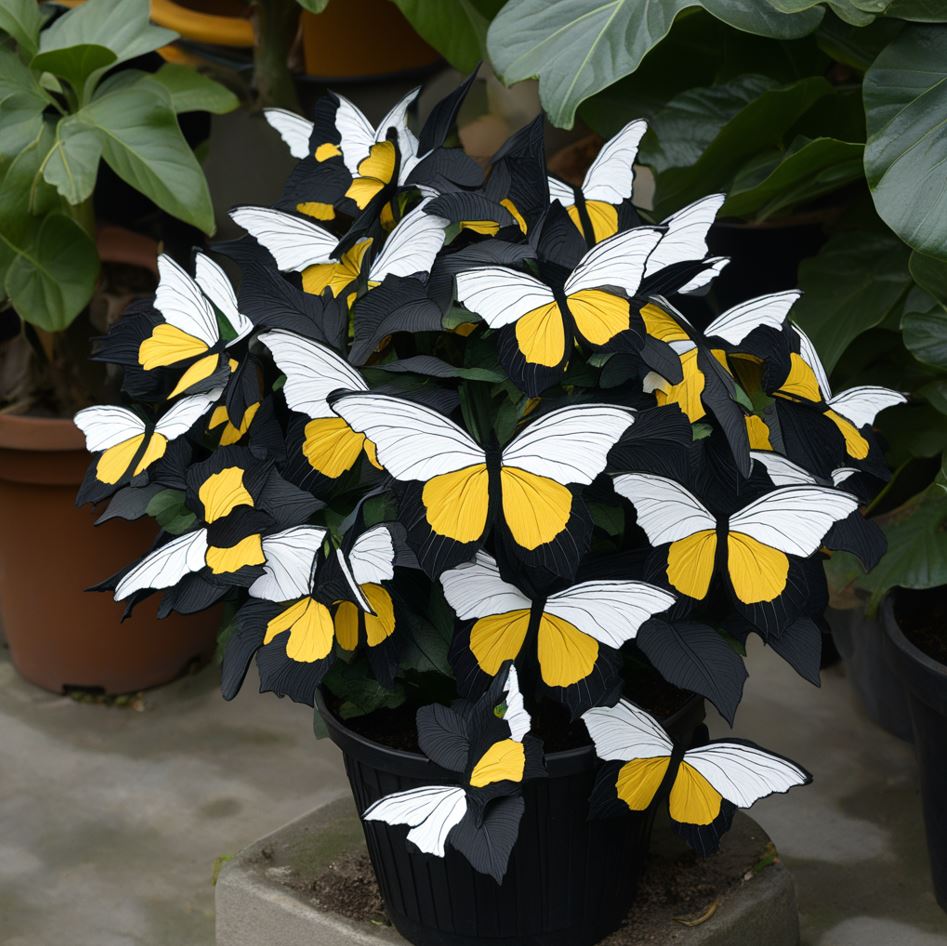
Furthermore, room-temperature water is preferable, as cold water can shock the roots and hinder their ability to absorb moisture properly. Always let the water sit out for several hours before using it, allowing any chemicals to dissipate and the temperature to stabilize.
Monitoring Environmental Conditions
The humidity and temperature of your surroundings play significant roles in determining how often you should water your Begonia Moonlight Butterfly. In warmer months, increased evaporation may necessitate more frequent watering, while cooler temperatures might call for less. Keep an eye on changes in your home’s microclimate and adapt your watering schedule accordingly.
By developing a keen awareness of your plant’s hydration needs, you’ll cultivate a thriving environment for your Moonlight Butterfly to flourish, showcasing its mesmerizing foliage and bringing a touch of nature’s magic into your home.
Humidity Hub: Creating a Tropical Atmosphere
Being native to tropical environments, the Begonia Moonlight Butterfly craves humidity. Replicating these conditions in your home is essential for fostering its growth and keeping it healthy. This section explores various methods to increase and maintain humidity around your plant.
The Need for Humidity
High humidity levels are crucial for the healthy growth of the Begonia Moonlight Butterfly. As a tropical plant, it thrives in environments where moisture is abundant in the air. Low humidity can cause leaf tips to turn brown and crispy, while high humidity encourages lush, vibrant foliage.
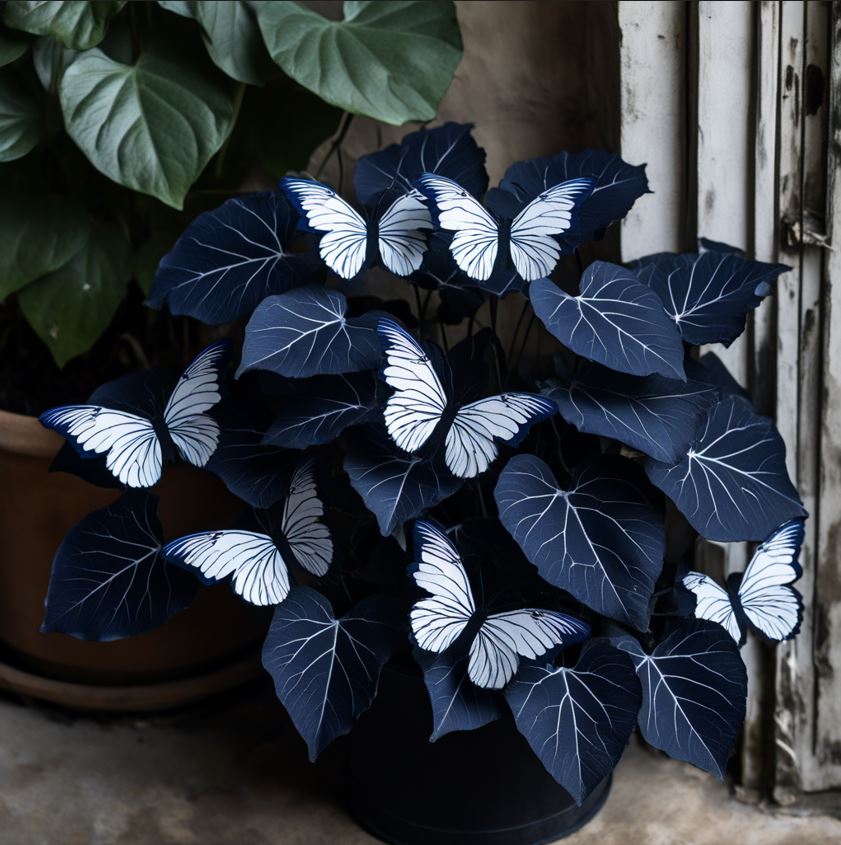
If you reside in a dry climate or during winter when indoor heating reduces humidity, it’s imperative to find ways to enhance the moisture surrounding your plant. Grouping your Moonlight Butterfly with other plants can help create a micro-humid environment, as foliage releases moisture into the air through transpiration.
Misting Techniques
Misting can be an effective short-term solution for increasing humidity around your plant. Using a spray bottle filled with clean water, lightly mist the leaves of your Begonia Moonlight Butterfly once or twice a week. Be mindful to do this early in the day to allow the foliage to dry and prevent the onset of fungal issues.
However, relying solely on misting may not provide sufficient humidity over time. Consider it a supplementary method rather than the primary one. Consistently monitoring the humidity levels in your home and adjusting your care plan accordingly can enhance your plant’s health.
Creating a Pebble Tray
A more stable solution is creating a pebble tray or humidity tray. Fill a shallow dish with pebbles and add water until it reaches just below the surface of the stones. Set your pot on top of the pebbles, ensuring the bottom of the pot doesn’t sit directly in the water. As the water evaporates, it will increase the humidity around the plant, simulating its natural habitat.
Additionally, investing in a humidifier can significantly benefit your Begonia Moonlight Butterfly, especially during the drier months. Keep it running near your plant to provide a consistent source of moisture, ensuring a healthier and happier foliage.
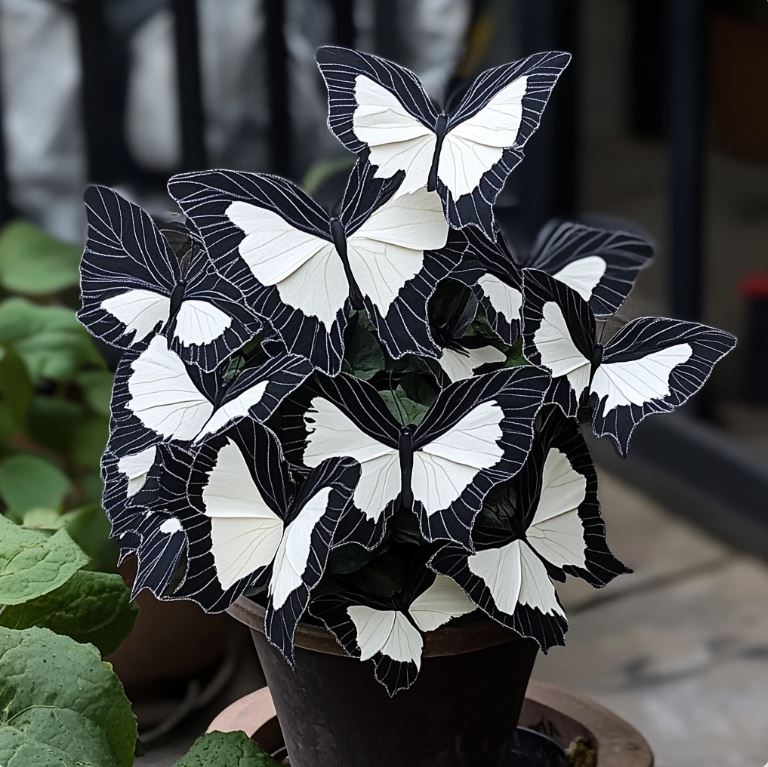
By cultivating an appropriately humid environment, you unlock the full potential of the Begonia Moonlight Butterfly, allowing it to display its breathtaking beauty.
Nourishing the Butterfly: Fertilization Essentials
To maintain the vibrancy and health of your Begonia Moonlight Butterfly, proper fertilization practices are key. Just as we need a balanced diet to thrive, this plant requires nutrients to fuel its growth and development. This section will dive into the importance of nourishing your begonia and the best practices for fertilization.
Understanding Nutrient Requirements
During the growing season, which spans from spring to autumn, the Begonia Moonlight Butterfly becomes significantly more active, making effective fertilization crucial. The right balance of nutrients supports robust leaf growth and enhances the overall vitality of the plant. Generally, a balanced liquid fertilizer diluted to half strength is an excellent choice for this begonia.
Always look for fertilizers that contain equal parts nitrogen, phosphorous, and potassium (N-P-K), as these nutrients contribute to foliage health and development. Additionally, micronutrients such as magnesium and iron support leaf coloration and overall vigor.
Frequency and Timing
Timing is everything when it comes to fertilizing your Begonia Moonlight Butterfly. Aim to apply your chosen fertilizer every two to four weeks during the active growing season. Begin fertilization in the early spring as new growth emerges, and continue until fall when the plant enters dormancy.

In winter, it’s essential to reduce or completely cease fertilization, as the plant naturally slows its growth. Over-fertilizing during this period can lead to salt buildup in the soil and negatively impact the plant’s health. Always remember that moderation is key.
Soil Quality Matters
Beyond fertilization, the quality of the potting mix used for your Begonia Moonlight Butterfly is equally important. Select a well-draining potting mix designed specifically for foliage plants. This ensures that nutrients are effectively absorbed while preventing waterlogging that can harm the roots.
Regularly refresh the soil mixture every couple of years, blending fresh potting medium with your existing soil to maintain nutrient levels and promote healthy root development. By combining thoughtful fertilization practices with quality soil, you’ll create an optimal environment for your begonia to thrive beautifully.
Caring for the Begonia Moonlight Butterfly goes beyond mere aesthetics; it’s about nurturing its essence and allowing it to reach its fullest potential. With careful attention to its nutritional needs, you’ll witness the plant flourish in a way that’s both satisfying and inspirational.
Pruning for Perfection: Cultivating a Beautiful Form
Pruning is an essential aspect of caring for the Begonia Moonlight Butterfly, as it ensures continued healthy growth while enhancing the plant’s appearance. Engaging in regular pruning not only maintains the compact form of the plant but also encourages new growth and revitalizes its overall health.

Identifying When to Prune
Knowing when to prune is crucial for maintaining your begonia’s aesthetic appeal. Regularly inspect your plant for dead or damaged leaves that detract from its beauty. Removing these leaves not only improves the plant’s appearance but also redirects energy towards healthier growth.
Another key sign that your Moonlight Butterfly may need pruning is the presence of leggy stems. If the plant begins to grow tall and sparse, pinching back the stems encourages bushier growth. This ensures a fuller appearance while keeping the plant looking luscious and vibrant.
Pruning Techniques
When pruning, it’s vital to utilize clean, sharp tools to minimize the risk of introducing diseases. Use scissors or pruners to cut off unwanted leaves or stems cleanly, ensuring that each cut is made above a leaf node to encourage new growth.
Additionally, consider the form of the plant you wish to achieve. If you desire a more symmetrical shape, focus your pruning efforts on maintaining an even distribution of leaves across the entire plant. Regularly stepping back to assess the overall form will aid in achieving your desired aesthetic.
Embracing New Growth
Pruning serves a dual purpose: it maintains the plant’s appearance while stimulating new growth. Each time you pinch back a stem or remove a leaf, you invite the opportunity for fresh, vibrant foliage to emerge. Don’t be afraid to observe your plant closely and respond to its needs—this observant approach can yield extraordinary results.
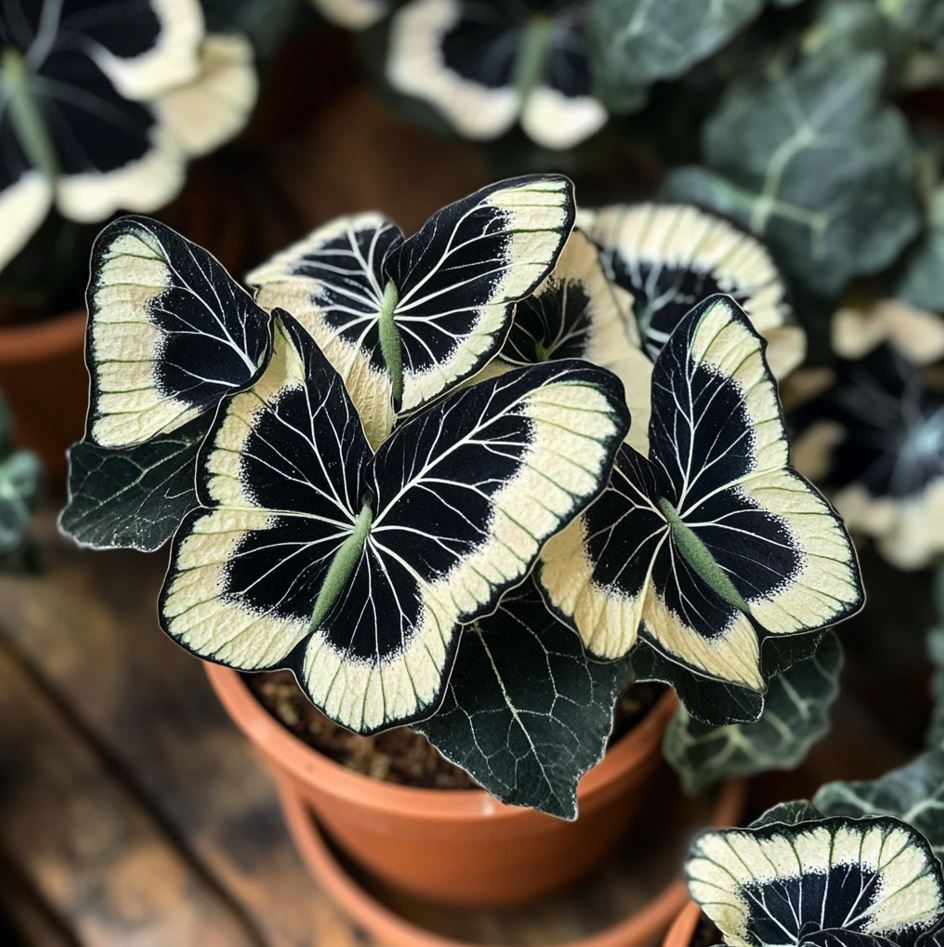
Ultimately, engaging in the art of pruning fosters a deeper connection with your Begonia Moonlight Butterfly. As you nurture its growth, you’ll develop an appreciation for its unique character, creating a delightful botanical companion that brings joy to your space.
Managing Pests and Diseases: Protecting Your Treasure
While the Begonia Moonlight Butterfly is generally resilient against pests and diseases, it is not entirely immune. Being proactive and knowledgeable about potential threats can prevent unwanted infestations and protect the integrity of your plant. This section outlines techniques to manage pests and diseases effectively.
Common Pests: Identification and Prevention
Common pests that may target the Begonia Moonlight Butterfly include aphids, mealybugs, and spider mites. Inspect your plant regularly for signs of infestation, such as tiny insects on the undersides of leaves or sticky residue left behind. Early detection is key to preventing these pests from becoming a larger issue.
If you spot pests, a gentle rinse under lukewarm water can dislodge many of them. For more stubborn infestations, insecticidal soap or neem oil provides an effective treatment option. Apply according to product instructions, ensuring coverage on all foliage surfaces to eliminate pests and safeguard your begonia.
Fungal Diseases and Air Circulation
Fungal diseases such as powdery mildew and botrytis blight can adversely affect the health of your Begonia Moonlight Butterfly. These diseases often arise from excessive moisture and poor air circulation. To combat these issues, ensure that your plant has adequate airflow, avoiding overcrowding with other plants.
Keeping the leaves dry during watering can also diminish the risk of fungal growth. Water at the base of the plant rather than overhead, and aim to water in the morning so any excess moisture evaporates throughout the day.
Building Resilience Through Care
Preventative care is best achieved through a holistic approach that combines proper watering, humidity management, and pest monitoring. By developing a thorough understanding of your plant’s needs, you create a resilient ecosystem where pests and diseases are less likely to take hold.
Taking the time to care for your Begonia Moonlight Butterfly equips you with the knowledge and skills necessary to tackle any challenges that may arise. The enchantment of this plant lies not only in its beauty but also in the satisfaction derived from nurturing it through thick and thin.
Propagation Possibilities: Growing Your Collection
The Begonia Moonlight Butterfly offers exciting opportunities for propagation, allowing you to expand your collection or share this treasure with friends and family. Leaf cuttings provide an accessible means to propagate this enchanting plant and engage further in its captivating care journey.
Leaf Cuttings: Getting Started
Propagation through leaf cuttings is a straightforward process that requires minimal supplies. Begin by selecting a healthy, mature leaf from your Moonlight Butterfly. Cleanly remove the leaf at the petiole and prepare to plant it in a moist potting mix.
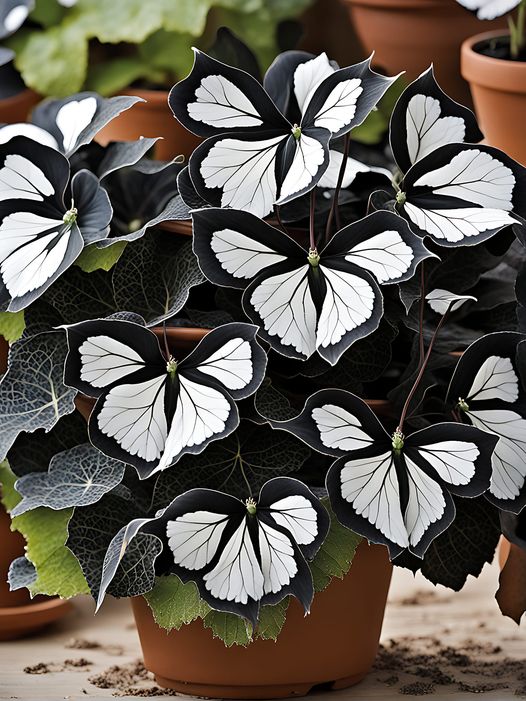
Place the leaf flat onto the soil surface or insert it upright depending on your preference. Cover the cutting with a plastic dome or a clear plastic bag to create a humid environment that encourages root development.
Nurturing the Cutting
Ensure that your cutting remains consistently moist but not overly saturated. Check it frequently to monitor moisture levels and prevent rot. Within a few weeks, you should start to see roots forming, followed by new growth emerging from the base of the leaf.
Once the new plant has developed a robust root system and shows signs of healthy growth, carefully transfer it to its own pot. With proper care, you will soon have another Moonlight Butterfly to grace your home or gift to someone special.
Embracing the Transformation
Propagation not only expands your collection but also deepens your connection to the Begonia Moonlight Butterfly. Witnessing the transformation from a single leaf to a thriving plant is a rewarding experience that embodies the essence of nurturing and growth.
By sharing cuttings with fellow plant lovers or exchanging plants, you foster a sense of community centered around the joy of gardening. This opportunity to connect with others through your passion for plants adds another layer of enchantment to your cultivation journey.
Conclusion
Caring for the Begonia Moonlight Butterfly is more than a simple horticultural endeavor; it is an invitation to immerse yourself in the wonders of nature. By discovering the intricacies of light, watering, humidity, fertilization, pruning, pest management, and propagation, you unlock the secrets to nurturing this ethereal beauty in your home.
The journey of cultivating a Moonlight Butterfly plant is enriched by the joy of watching it flourish, gaining insight into its unique needs, and experiencing the rewards of attentive care. Each moment spent nurturing this enchanting begonia deepens your appreciation for the magic of plant life while transforming your living space into a botanical oasis.
Embrace the adventure of caring for the Begonia Moonlight Butterfly, and revel in the enchanting beauty it brings to your world. With dedication and love, this captivating plant will reward you with vibrant foliage and an ongoing inspiration drawn from the grace of nature itself.


